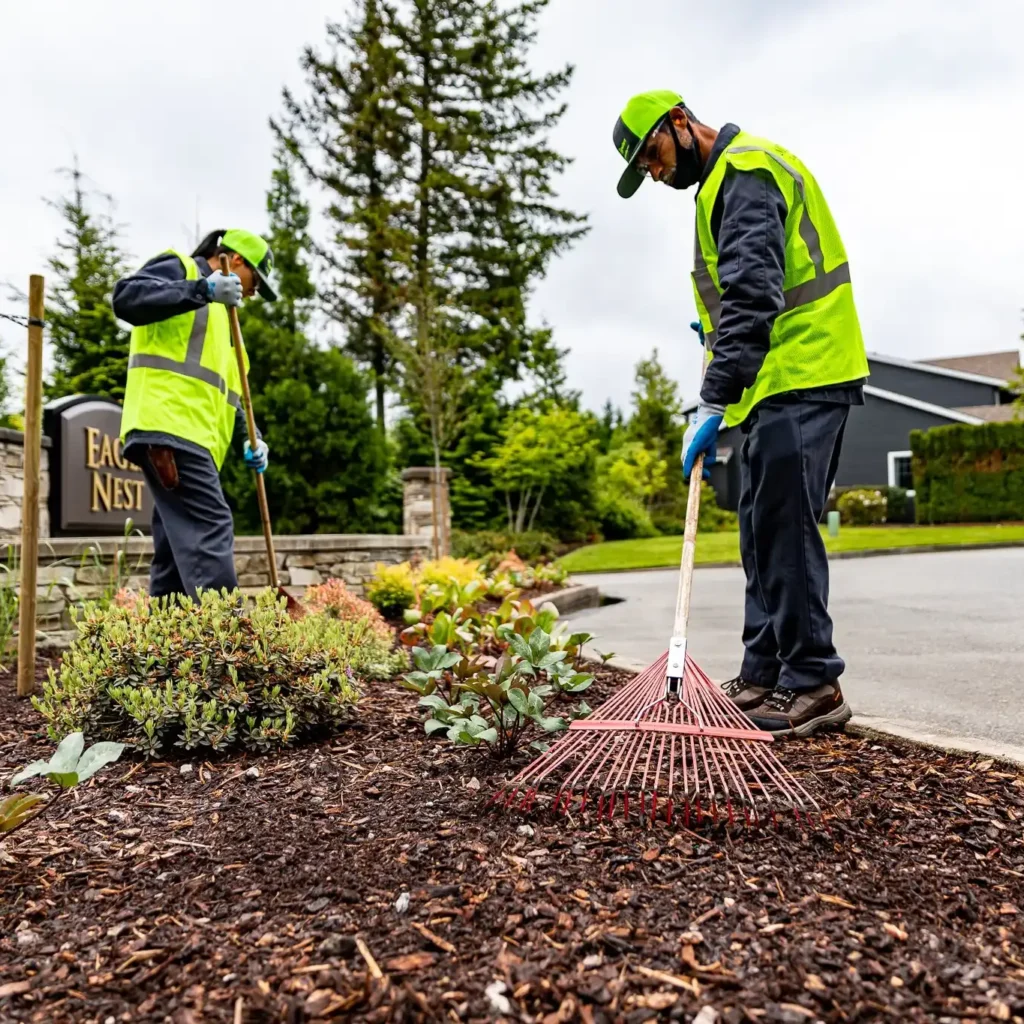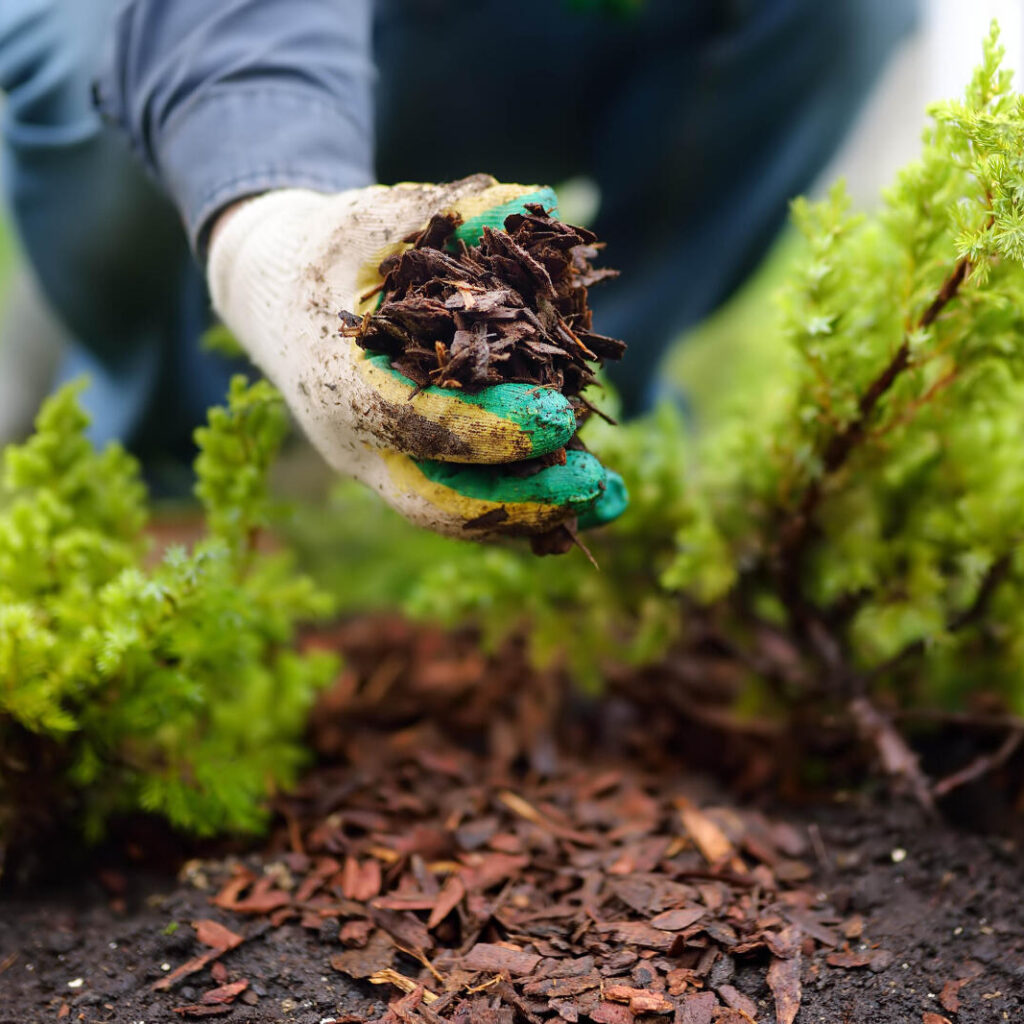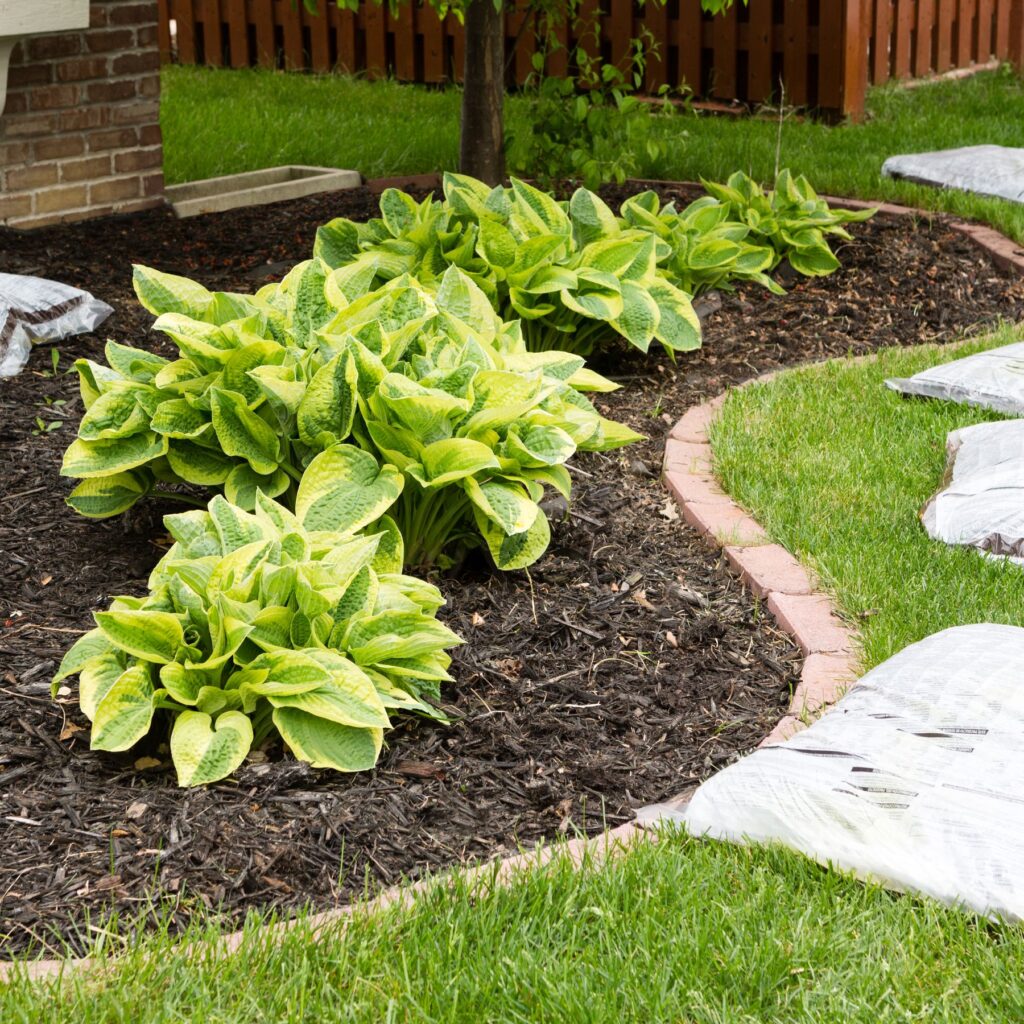If you want to keep your garden lush and healthy without constantly watering, mulch is your best friend. Mulching is one of the simplest, most effective techniques gardeners use to retain soil moisture, suppress weeds, improve soil health, and even enhance the look of garden beds.
Whether you’re a beginner or a seasoned gardener, understanding how to use mulch properly can dramatically reduce your watering needs while promoting stronger, happier plants. Ready to master the art of mulching and keep your soil moist and fertile? Here are 10 expert tips to use mulch to retain moisture, along with in-depth explanations and practical advice.

1. Choose the Right Type of Mulch
Not all mulch is created equal. Selecting the appropriate type of mulch is critical for moisture retention and plant health. Mulches fall into two main categories: organic and inorganic.
Organic Mulch
- Made from natural materials that decompose over time.
- Examples: bark chips, shredded leaves, straw, grass clippings, cocoa hulls, compost.
- Benefits: Adds nutrients to soil as it breaks down, improves soil structure and fertility, retains moisture by insulating soil.
Inorganic Mulch
- Made from non-biodegradable materials.
- Examples: gravel, pebbles, landscape fabric, rubber mulch.
- Benefits: Excellent for moisture retention since it doesn’t break down quickly, ideal for pathways or xeriscaping.
- Downsides: Does not improve soil fertility.
For moisture retention and soil health, organic mulch is usually the best choice, especially in vegetable and flower gardens.

2. Apply Mulch at the Right Depth
Applying mulch correctly is key to its moisture-retaining power. Too little mulch won’t insulate the soil adequately, and too much can cause problems like excess moisture buildup or root rot.
Recommended Mulch Depth:
- For most garden beds: 2 to 4 inches.
- Around trees: 3 to 6 inches, but avoid piling mulch against the trunk.
- Avoid mulch layers thicker than 6 inches as it can suffocate roots and encourage pests.
Maintaining this ideal mulch depth helps slow evaporation while still allowing air and water to penetrate the soil.

3. Mulch Around Plants but Keep It Away From Stems
When applying mulch, create a donut-shaped ring around plants instead of piling it directly against stems or trunks.
Why?
- Mulch touching stems or trunks can hold excess moisture against the plant, causing rot or fungal diseases.
- It also creates a hiding place for pests like rodents or slugs.
Keep mulch at least 2 to 4 inches away from the base of plants to prevent these problems while still protecting the roots and soil moisture.

4. Mulch After the Soil Has Warmed Up
While mulching is great for moisture retention, applying mulch too early in spring can keep soil too cold and delay plant growth.
Best Practice:
- Wait until the soil temperature reaches about 55°F (13°C) before applying mulch in spring.
- For warm-season crops like tomatoes and peppers, mulch after seedlings are established and soil is warm.
- In fall, mulch after the first frost to protect roots during winter.
Timing your mulch application ensures plants grow optimally while still benefiting from moisture retention.

5. Water the Soil Before Mulching
Mulch traps moisture in the soil, but it cannot add moisture on its own. For best results, water your garden beds deeply before spreading mulch.
Why is this important?
- Deeply moist soil combined with mulch reduces evaporation dramatically.
- It helps plants access consistent moisture, even during dry spells.
After watering and mulching, check soil moisture regularly by probing beneath the mulch to ensure it remains damp.

6. Use Mulch to Suppress Weeds
Weeds compete fiercely with garden plants for water and nutrients. By suppressing weeds, mulch reduces competition and helps conserve moisture.
How mulch suppresses weeds:
- Blocks sunlight from reaching weed seeds, preventing germination.
- Makes it harder for established weeds to grow through.
Regularly check your mulch for weed growth, and pull out any weeds that break through to maximize water retention benefits.
7. Replenish Mulch Regularly
Organic mulch decomposes over time, reducing its effectiveness at moisture retention and soil insulation.
Maintenance tips:
- Replenish mulch annually or as needed to maintain the 2–4 inch layer.
- Top up beds with fresh mulch in spring and/or fall.
- Mix decomposed mulch into soil or compost for added fertility.
Keeping mulch fresh ensures your soil stays protected and moist year-round.
8. Mulch in Combination with Proper Watering
Mulch is a powerful water-saving tool, but it works best when paired with smart watering habits.
Best watering practices with mulch:
- Water deeply and infrequently to encourage deep root growth.
- Use drip irrigation or soaker hoses beneath mulch for efficient water delivery.
- Avoid watering mulch surface directly to prevent evaporation; let water soak into the soil.
By combining mulch with deep watering, you reduce water waste and promote drought-resistant plants.
9. Use Mulch Around Trees and Shrubs to Protect Roots
Trees and shrubs benefit greatly from mulching because their roots extend wide but shallow, making them vulnerable to drying.
Mulching benefits for woody plants:
- Keeps soil cooler during hot months.
- Maintains consistent moisture levels.
- Protects roots from mechanical damage (e.g., lawn mowers).
Apply a 3–6 inch mulch layer in a wide ring extending past the drip line, but keep mulch away from the trunk to prevent rot.
10. Choose Mulch Colors That Help with Moisture Retention
Mulch color can influence heat absorption and moisture retention. Darker mulches absorb more heat, which can warm soil earlier in spring but also increase evaporation in hot climates. Lighter mulches reflect sunlight and help keep soil cooler.
Color guide:
- Dark brown or black mulch: Best for cooler climates, extends growing season by warming soil.
- Light-colored mulch (like straw or pine needles): Ideal for hot, dry areas to reduce evaporation.
- Red or colored mulches: Mostly aesthetic, but can impact soil temperature slightly.
Select mulch color based on your climate and plant needs to maximize moisture retention.
Bonus Tips for Moisture-Retaining Mulching Success
- Avoid plastic sheeting as mulch. It traps water but doesn’t allow air exchange, harming roots.
- Consider living mulches such as groundcovers that also shade soil and retain moisture.
- Use mulch around container plants, but refresh frequently due to faster drying in pots.
- Mulch is not just for summer—use it year-round to protect soil moisture and improve soil health.
Conclusion: Mulch Your Way to a Moisture-Rich Garden
Mulching is a simple but powerful gardening technique to retain soil moisture, save water, and grow healthier plants. By choosing the right mulch, applying it correctly, and combining it with smart watering, you can reduce your garden’s water needs significantly.
Whether you’re growing vegetables, flowers, shrubs, or trees, mulch creates a protective blanket that conserves water, improves soil, and helps your garden thrive—even in dry conditions. Remember to replenish your mulch regularly, avoid piling it against stems, and water before mulching for best results.
With these 10 expert tips, you’ll master mulch usage and enjoy a greener, more sustainable garden with less effort and fewer watering headaches.





